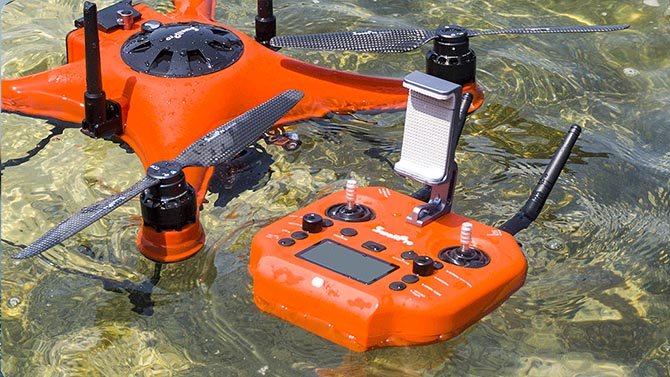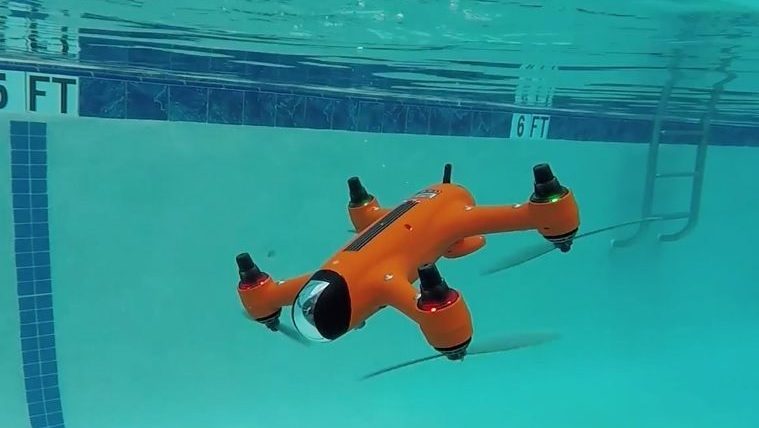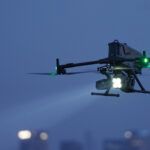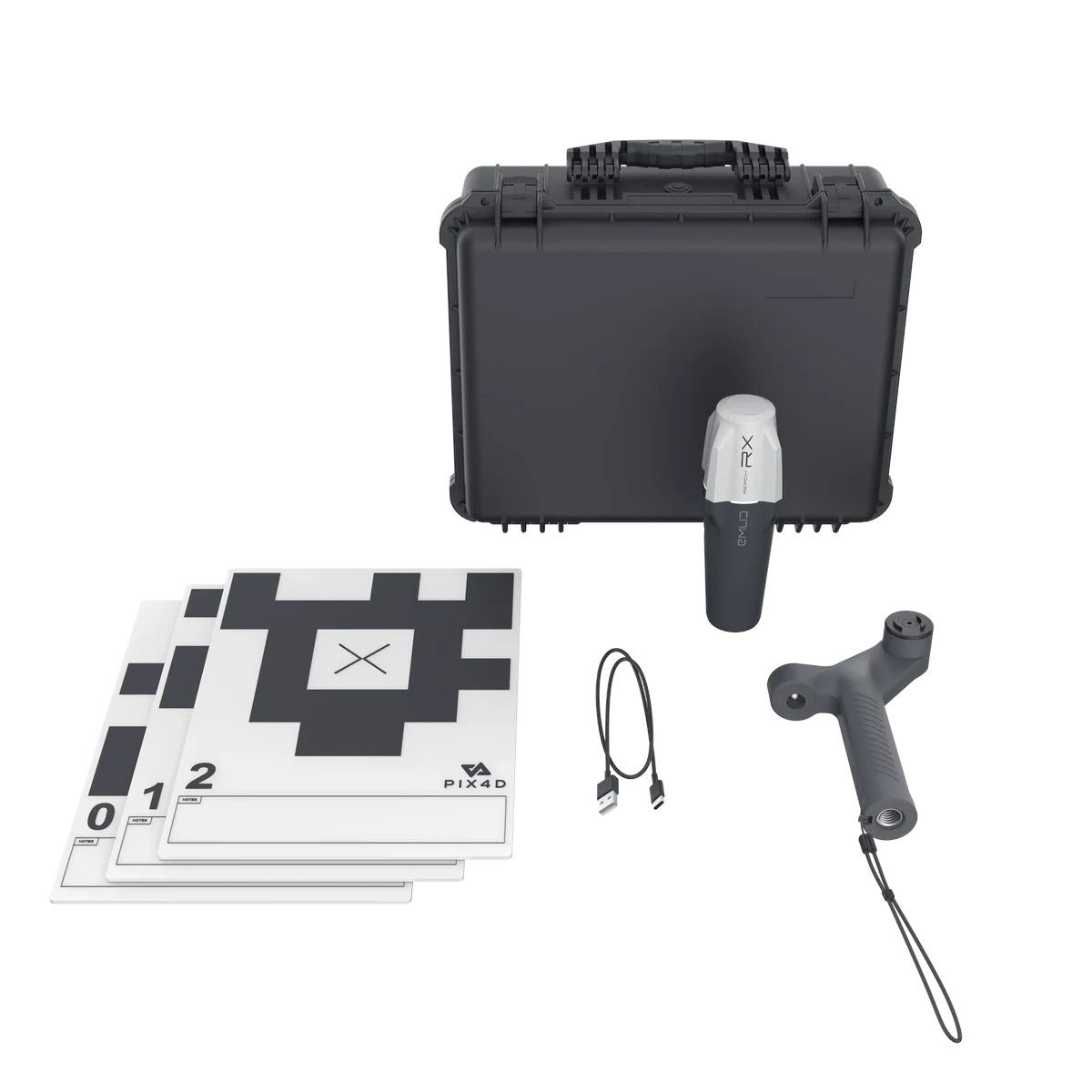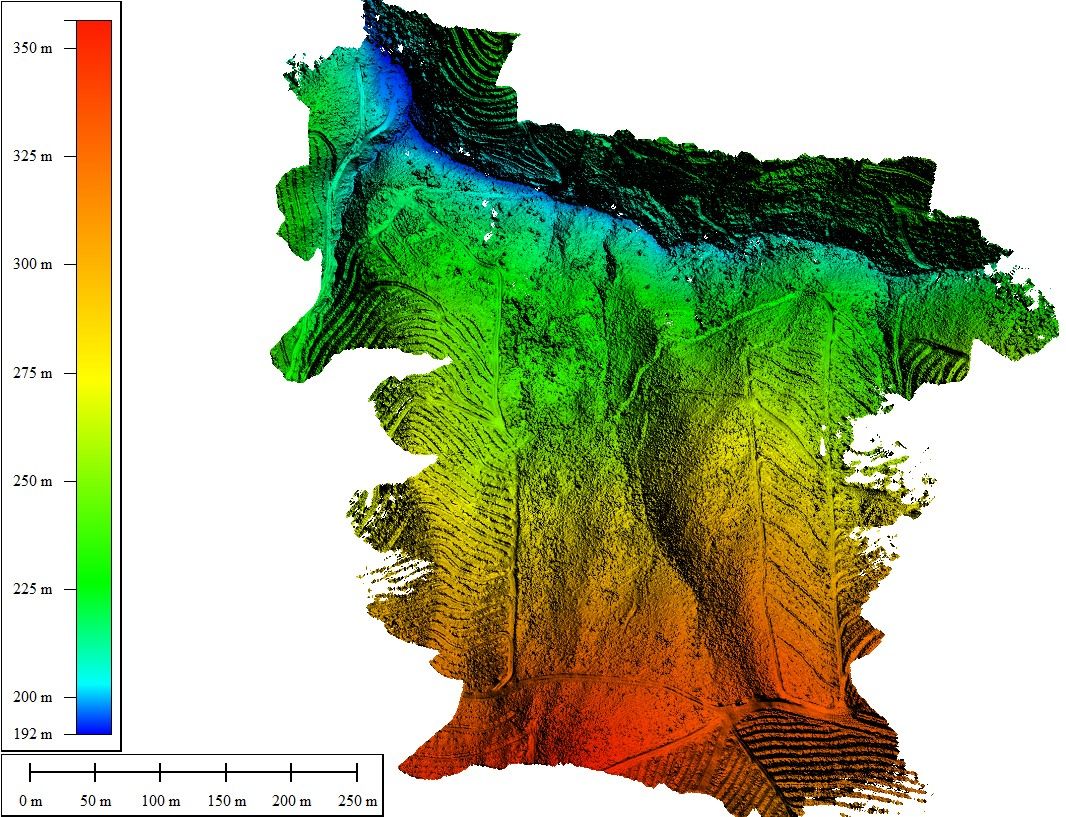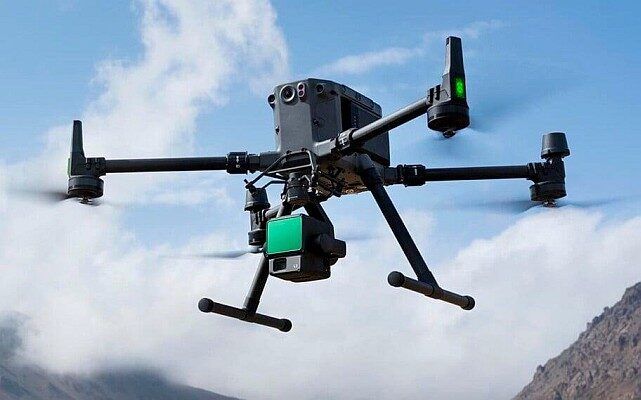Solução Perfeita para obtenção de resultados únicos – O seu projeto nunca esteve em melhores mãos!

Use of Drones in Search and Rescue
-
Execute missions in all weather, even at night
-
Easily access hard-to-reach areas
-
Live view feedback
-
Reduce risks to rescue team members
-
Drop life-saving equipment to help victims
-
Faster than on-foot and ground-level searches
Increasingly, drones are being considered for search & rescue (SAR) missions. Their speed, eye-in-the-sky perspective and cost-effectiveness provide many benefits over traditional methods.
There are many ways drones support search and rescue applications. First, drones provide a birds-eye view of a scene. Teams scan wide areas with an attached camera. Thermal (infrared) payloads are also highly useful for SAR teams. These sensors detect small temperature changes in an environment. As a result, someone who may be otherwise hard to see may be detected. Finally, optional payloads like dropping mechanisms, communication relays, and loudhailers can be useful for specific purposes.
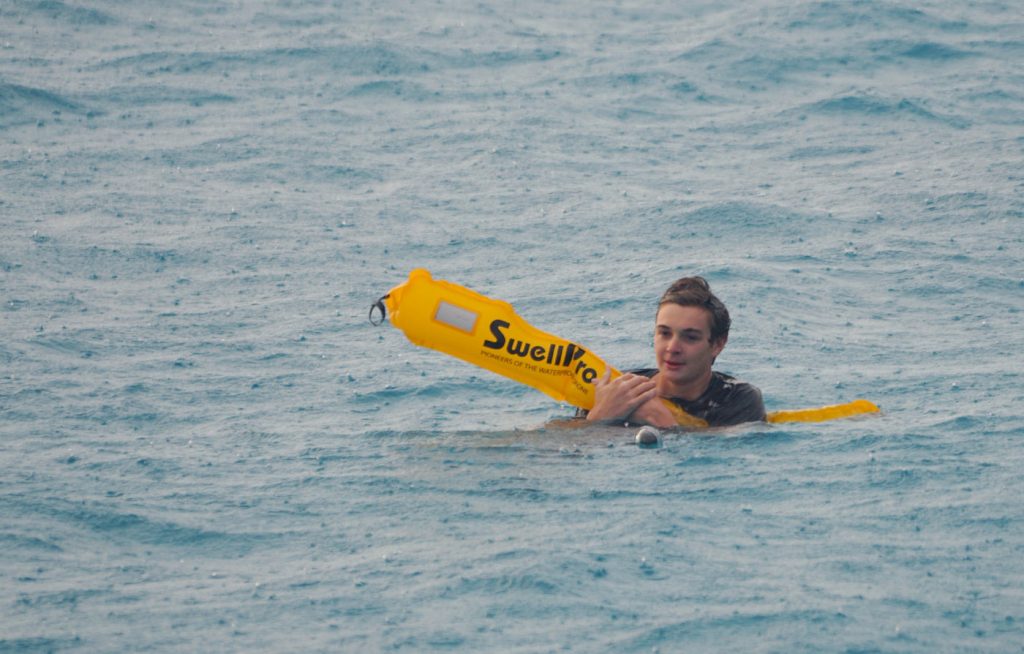
Benefits of drones and sensors Search and Rescue
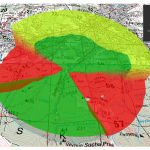
Drones Cover More Area than Ground Teams
With airspeeds of 10-60 mph, drones cover more ground in a shorter period of time than search teams on foot. They also see larger portions of a search grid from a birds-eye view. Drones for Aerial search and rescue could be deployed within few minutes. Therefore, the drone can take off and start searching before ground teams are able to get on the trail or a helicopter could leave the airport.

Less Expensive than Mananed Aircraft
Manned aircraft or helicopters are very expensive to maintain. On the other hand, drones incur an initial investment and then the cost of maintenance is very low. Drones for search and rescue last for years, and the batteries can withstand hundreds of cycles. This means your search and rescue drone will have a long lifetime, with a low cost per mission.
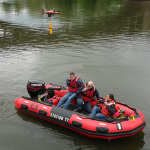
Safer than Manned Assets
When Search and Rescue teams ride along on helicopter flights, traffic congestion or traverse rugged terrain on foot, they are at risk. Drones deploy from a safe area and scan from a high altitude. The team stays safely on the ground, watching a video feed from the drone camera. Once the subject is located, teams proceed directly to them via the safest route.
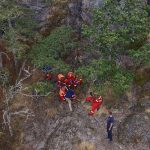
Aerial View Provides Better Visibility of a Search Area
From an aerial perspective, search and rescue drones provide a wider view of the search area. A tree or bush might obscure a subject from a rescuer on foot. On the other hand, a drone provides greater visibility, which increases the probability of finding the subject.
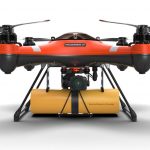
Emergency supplies, Payload drop Systems
Rescue operations are generally by definition needed in inaccessible terrains which might have caused the emergency in the first instance. Payload drop systems allow crews to get emergency tools, supplies, or communication devices to victims in these cases, providing quick and vital support.
100% Waterproof Drones
search missions in rain, snow, floods and over the ocean
